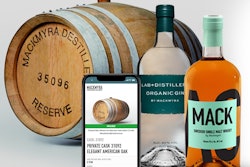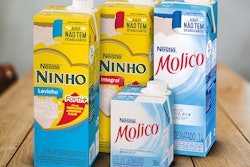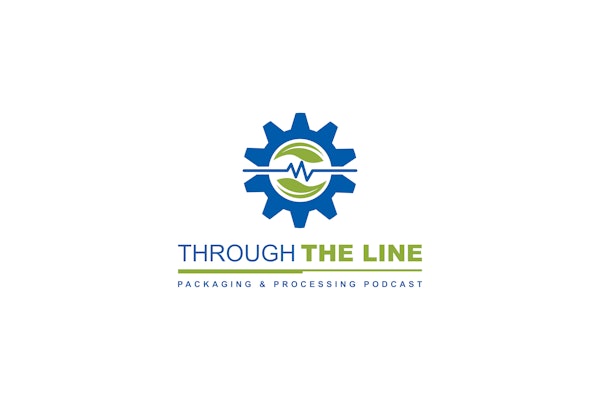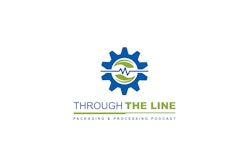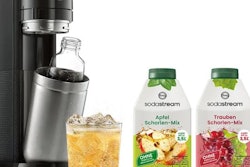
In today’s marketplace, rightsizing your package is not only important to the final cost of the product in the consumer’s hands, but also to the perceived environmental impact of the package and its ability to protect your products from variables, depending upon the means of transportation.
Rightsizing has many different interpretations. When I began in the packaging industry, products were over-packaged to improve billboard space and offer perceived value. Slack fill and other watch-outs were implemented to eliminate the product over-packaging and product volume misconceptions. As I was on the supplier side of the table at the time, we had gone to a major retailer who was purchasing finished toy products overseas in a greatly oversized package. For three years, we kept trying to find a champion who would listen to us and understand the savings we could provide by rightsizing their toy line. The savings were derived from the reduced size of the folding carton and the clamshell inside the folding carton. The reduced size also provided savings in shipping the product in a container from overseas, and in trucking and warehousing within the U.S. And with the reduced size, the retailer could use the same shelf space to fit two products rather than one. After three years, we finally found a champion at the retailer. After rightsizing their toy line, we also rightsized their home line. In this case, rightsizing was simply not over-packaging your product but providing a package that offered adequate protection and billboard space.
Another example of rightsizing to provide cost savings occurred when an associate of mine looked at a major cracker brand at my employer to evaluate the size of the folding carton and shipper, and the pallet pattern associated with the carton and shipper sizing. Rightsizing the folding carton by reducing the width of the carton by 1⁄8 in, the shipper’s width was reduced by 1⁄2 in. As a result, the pallet pattern was increased by 20%. The increased pallet pattern count reduced shipping and warehousing costs considerably on this product. In this case of rightsizing, most consumers would not notice the folding carton reduction, but the product’s margins were increased by reducing shipping and warehousing costs.
Rightsizing more recently has been about not over-packaging your product with too much material and making it difficult for the consumer to get the product out of the package. I cannot tell you how many times I have informed people that I work in the packaging profession, and they respond saying how difficult it is to get a particular product out of the package and explain the various means they have to take to open it. In this particular case, you need to rightsize the package, keeping the consumer in mind and providing an easy and convenient way to remove the product from the package.
With the skyrocketing use of the Internet to purchase goods, the use of single-parcel shipments has increased—and that method of shipping has its own criteria and definition of rightsizing. Products that previously were shipped in full cases on full pallets are now required to ship individually or in smaller packs on their own, or are mixed with other unrelated products. When rightsizing your package in today’s market, you must understand which markets this product will be marketed in and the means of transportation to these various markets. The important question is whether the product always will be shipped in full cases on full pallets, or will the product be shipped separately through online fulfillment. Different design and testing protocols need to be included in the development or revisions of your package design if you might be using single-parcel shipments or online fulfillment. If the volume of your single-parcel business is substantial enough, you could have separate package designs for your Internet business, but that creates additional work and inventory of additional packaging.
Through the years, packaging has always had to protect the product so it gets to the consumer undamaged. As the years have passed, we have revised our packages to meet our consumer’s likes and trends. We have rightsized our packages to save money in production, to reduce the cost of transportation and storage, and to reduce the environmental impact of our packages. Now we are combining these different ways of rightsizing our packages so consumers can order online and have our products delivered to their doorsteps within a few hours, undamaged.




